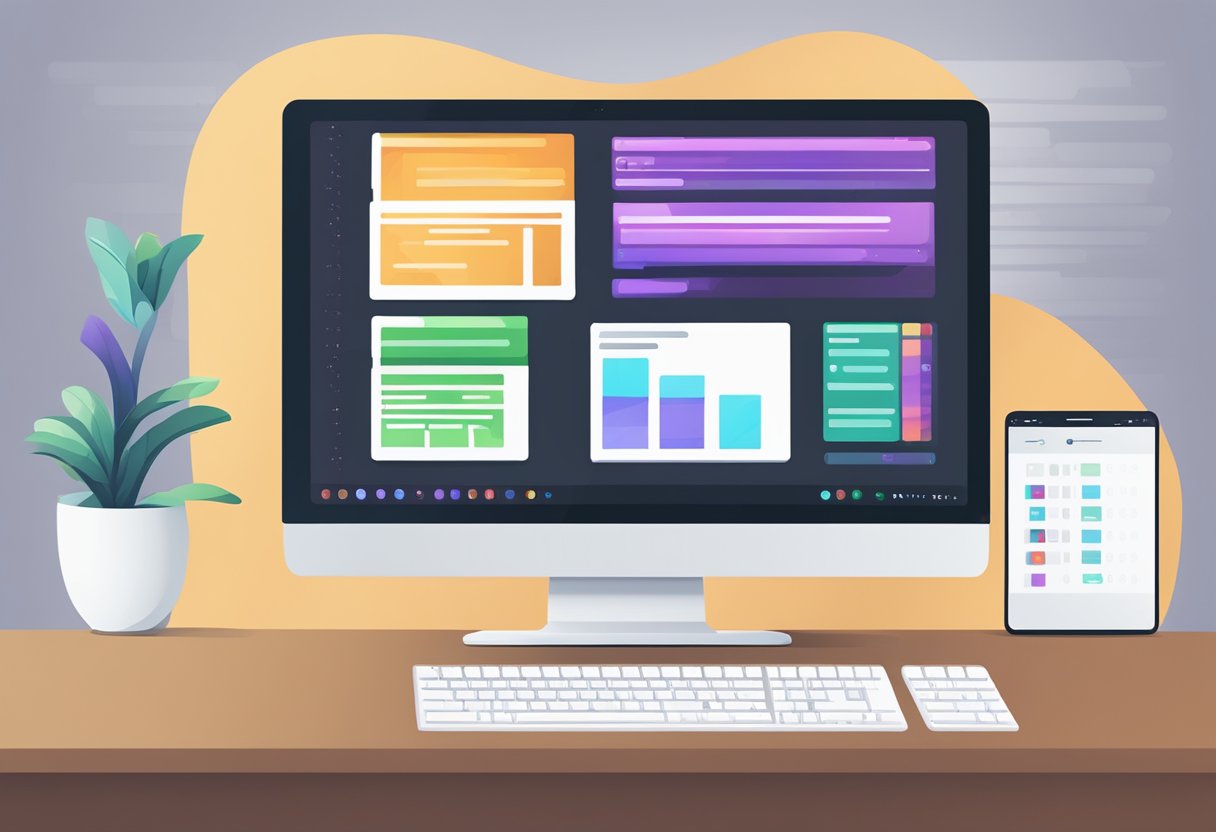React Native has become one of the most popular frameworks for developing mobile applications using JavaScript. Its ability to build cross-platform applications with a single codebase has made it a favorite among developers. However, with the growing demand for desktop applications, React Native has expanded its capabilities to include desktop development.

React Native for desktop development allows developers to build cross-platform applications for Windows, macOS, and Linux using the same codebase they use for mobile applications. This approach saves time and resources, as developers no longer need to write separate code for desktop and mobile applications. React Native for desktop development also allows developers to leverage the power of native desktop APIs and features, such as menus, notifications, and file system access.
In this article, we will explore the benefits and challenges of using React Native for desktop development. We will discuss how to set up a development environment for building cross-platform applications, and explore some of the tools and libraries available for desktop development with React Native. We will also provide some tips and best practices for building high-quality desktop applications using React Native.
Índice De Conteúdo
Fundamentals of React Native for Desktop
Understanding React Native
React Native is a popular open-source framework for building cross-platform applications using JavaScript. It was initially developed by Facebook in 2015 and has since gained widespread adoption in the industry. React Native for Desktop is an extension of React Native that enables developers to build desktop applications using the same codebase as their mobile applications.
React Native is based on the concept of components, which are reusable building blocks for user interfaces. Components can be easily composed to create complex user interfaces. React Native uses a declarative programming model, which means that developers specify what they want the UI to look like, and React Native takes care of the details of how to render it.
React Native vs. Traditional Desktop Development
Traditional desktop development involves writing code for specific operating systems, such as Windows, macOS, or Linux. This can be time-consuming and requires a good understanding of the platform-specific APIs. React Native for Desktop, on the other hand, allows developers to build cross-platform applications using a single codebase. This saves time and effort and enables developers to focus on building great user experiences.
React Native for Desktop also provides a number of advantages over traditional desktop development. For example, it allows developers to use modern web technologies, such as CSS and JavaScript, to build desktop applications. This makes it easier to create responsive and visually appealing user interfaces. Additionally, React Native for Desktop provides a hot-reloading feature, which allows developers to see the changes they make in real-time without having to restart the application.
Setting Up the Development Environment
To start building React Native for Desktop applications, developers need to set up their development environment. This involves installing Node.js, React Native, and other necessary tools. The official React Native documentation provides detailed instructions on how to set up the development environment for React Native for Desktop.
Once the development environment is set up, developers can start building their applications using the same tools and techniques they use for building mobile applications. They can use the same components, libraries, and tools to create cross-platform applications that run on Windows, macOS, and Linux.
In summary, React Native for Desktop is a powerful framework for building cross-platform desktop applications using JavaScript and modern web technologies. It provides a number of advantages over traditional desktop development and enables developers to build great user experiences with ease.
Developing Cross-Platform Desktop Applications
React Native allows developers to build cross-platform desktop applications with ease. In this section, we will explore the various aspects of developing cross-platform desktop applications using React Native.
Designing User Interfaces
Designing user interfaces for cross-platform desktop applications can be challenging. React Native provides a variety of components that can be used to create beautiful and responsive user interfaces. Developers can also use third-party libraries like Material UI and React Desktop to create desktop-specific UI components.
Handling User Input and Events
Handling user input and events in cross-platform desktop applications can be tricky. React Native provides a unified API for handling user input and events across different platforms. Developers can use the same code to handle user input and events on Windows, macOS, and Linux.
Integrating with Desktop Features
Desktop applications often need to interact with desktop features like the file system, clipboard, and notifications. React Native provides a set of APIs that can be used to interact with these desktop features. Developers can use the same code to interact with desktop features on different platforms.
Performance Optimization
Performance is critical for desktop applications. React Native provides various tools and techniques to optimize the performance of cross-platform desktop applications. Developers can use tools like React DevTools and Chrome DevTools to identify performance issues and optimize the performance of their applications.
Building and Packaging for Distribution
Building and packaging cross-platform desktop applications can be challenging. React Native provides a set of tools that can be used to build and package desktop applications for distribution. Developers can use tools like Electron and NW.js to package their applications for distribution on Windows, macOS, and Linux.
In conclusion, React Native provides an excellent platform for building cross-platform desktop applications. Developers can use the same code to build applications for Windows, macOS, and Linux. With the right tools and techniques, developers can create beautiful, responsive, and performant desktop applications using React Native.

